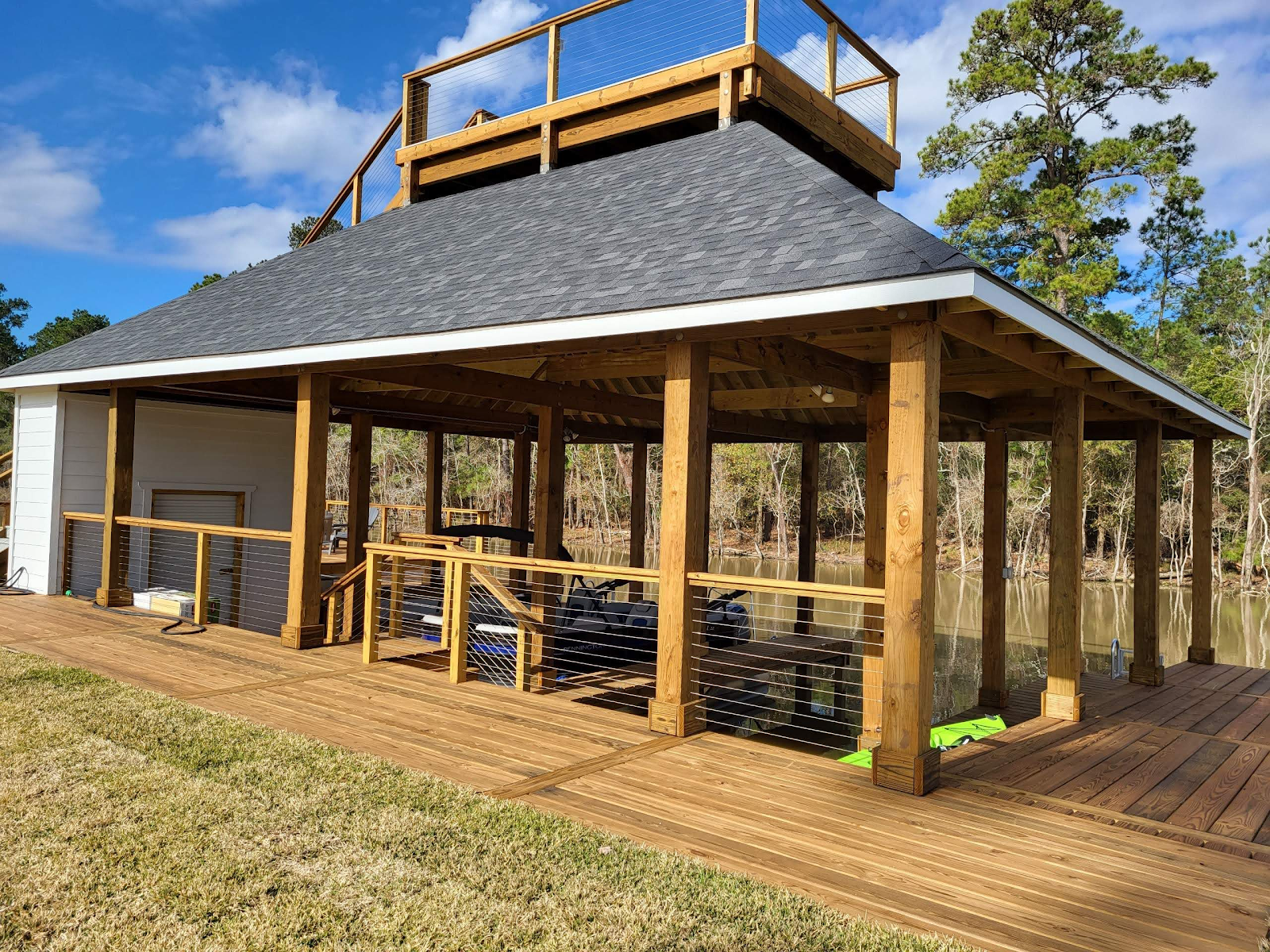Securing Conventional Loans for Home Renovation and Upgrades: A Comprehensive Guide
Home upkeep projects can substantially enhance the capability, aesthetics, and cost of belongings. Whether you are upgrading your kitchen, reworking a bathroom, or including an extension, those initiatives regularly require enormous financial funding. One of the most commonplace approaches to fund such renovations is by securing a mortgage. Among the various financing options to be had, conventional loans are often an appealing preference for homeowners. This manual explores how you can stable traditional loans for home maintenance and upgrades, outlining key strategies and issues.
For house owners trying to renovate or improve their homes, traditional loans offer a flexible and straightforward manner to stable financing. Unlike some government-subsidized loans, conventional loans often come with fewer regulations, giving debtors extra control over how they allocate their funds.
Whether you choose a home fairness mortgage, coins-out refinance, or non-public mortgage, the usage of conventional loans for your maintenance lets you make the upgrades you need without the limitations of government-sponsored applications. With cautious planning, monetary area, and the proper loan, you may correctly complete your renovation venture and revel in the blessings of an extra functional and delightful domestic.
Introduction to Conventional Loans
A conventional mortgage is a form of loan that is not backed via a central authority entity which includes the Federal Housing Administration (FHA) or the Department of Veterans Affairs (VA). These loans are presented by way of non-public lenders and normally require debtors to meet particular eligibility criteria primarily based on credit rating, income, and debt-to-income ratio.For house owners trying to renovate or improve their homes, traditional loans offer a flexible and straightforward manner to stable financing. Unlike some government-subsidized loans, conventional loans often come with fewer regulations, giving debtors extra control over how they allocate their funds.

Benefits of Using Conventional Loans for Home Renovation
Flexibility in Loan Amounts
One of the principal advantages of conventional loans is the flexibility they provide in terms of mortgage quantities. Depending on your creditworthiness, earnings, and the fee of your private home, you'll be able to steady a great mortgage quantity to cover all of your protection or upgrade expenses. Whether you are looking to complete minor cosmetic improvements or undertake a prime renovation, conventional loans can offer the necessary investment.Competitive Interest Rates
Conventional loans commonly offer aggressive hobby prices, especially for debtors with strong credit profiles. Lower interest rates imply less expensive month-to-month payments and decrease average expenses over the lifestyles of the loan. This makes conventional loans an attractive option for owners who are involved in the long-term financial effect of casting off a loan.No Need for Government Backing
Since conventional loans are not government-subsidized, there are fewer bureaucratic hurdles to clear whilst applying for the mortgage. This can result in a quicker approval technique, allowing homeowners to begin their protection projects without useless delays. Additionally, debtors have greater autonomy in how they use their finances, as conventional loans are much less restrictive than a few government-sponsored loans.Eligibility Criteria for Conventional Loans
Credit Score Requirements
One of the most essential elements in securing a conventional mortgage is your credit score score. Lenders usually require a minimal credit score of 620 or higher for a traditional loan. However, a better credit rating (seven hundred or above) is generally preferred to steady more favorable phrases, which include decreased interest fees. Before making use of a conventional mortgage, it is an amazing idea to test your credit rating and take steps to enhance it if vital.Debt-to-Income Ratio (DTI)
Your debt-to-earnings ratio (DTI) is another essential element that lenders consider when determining your eligibility for a traditional loan. This ratio compares your month-to-month debt bills to your monthly gross earnings. Most lenders decide upon a DTI ratio of 43% or decrease, but a few might also permit a barely higher ratio depending on your credit score rating and monetary scenario. Keeping your debt doable can enhance your chances of securing a traditional mortgage for your preservation project.Loan-to-Value Ratio (LTV)
The mortgage-to-cost ratio (LTV) is a degree of the way a whole lot you are borrowing compared to the appraised price of your property. Lenders use this ratio to evaluate the danger of the loan. A lower LTV ratio typically translates to a decreased hazard for the lender and may bring about extra favorable loan phrases for you. For traditional loans, lenders usually require an LTV ratio of 80% or decrease. This means that you need to have at least 20% fairness in your home to qualify for a mortgage without personal loan coverage (PMI).Proof of Income and Employment
Lenders may also require evidence of income and employment to ensure that you have a way to pay off the mortgage. This consists of providing pay stubs, tax returns, and other applicable documentation that verifies your monetary balance. Having a consistent and dependable profit move will increase your chances of being permitted for a traditional loan.Types of Conventional Loans for Renovation
Home Equity Loans
A domestic fairness loan allows owners to borrow towards the fairness of their domestic. Equity is the distinction between the present-day market value of your property and the amount you continue to owe on your loan. Home equity loans are normally constant-fee loans, which means the interest price and monthly bills remain the same at some point of the loan. This type of conventional loan is ideal for large upkeep initiatives because it provides a lump sum of money that can be used for numerous enhancements.Cash-Out Refinance
A cash-out refinance replaces your present mortgage with a new one, permitting you to borrow more than you currently owe. The difference between your present-day loan balance and the new loan amount is given to you as cash, which may be used for home renovations and upgrades. Cash-out refinancing can be an amazing choice if hobby charges are decreased than when you, to begin with, took out your loan, as you'll be capable of lowering your monthly bills whilst accessing additional budget.Personal Loans
Although not directly tied to domestic fairness, non-public loans are some other shape of conventional mortgage that may be used for domestic maintenance. Personal loans are unsecured, meaning they do not require collateral, and they frequently have better interest quotes than domestic fairness loans or cash-out refinancing. However, they may be a great alternative for smaller maintenance projects or for homeowners who prefer now not to faucet into their domestic fairness.Steps to Secure a Conventional Loan for Renovation
1. Assess Your Renovation Costs
Before making use of a conventional loan, it is crucial to have a clear expertise of your upkeep prices. Obtain estimates from contractors and create a detailed finance for the challenge. This will help you decide how much cash you need to borrow and make certain that you don't take on more debt than necessary.2. Check Your Credit and Financial Health
As mentioned in advance, your credit score and economic fitness play a first-rate role in your ability to steady a traditional loan. Review your credit score record, pay down any first-rate debts, and make sure your price range are so as before filing your loan software. This will enhance your probability of approval and help you secure better loan phrases.3. Shop Around for Lenders
Not all lenders offer the same phrases and interest fees for conventional loans, so it is important to shop around and compare offers from multiple lenders. Look for creditors who focus on preservation loans and feature revel in running with house owners on comparable projects. By comparing mortgage options, you could discover the great deal that fits your monetary needs and dreams.4. Submit Your Application
Once you've chosen a lender and accrued the important documentation (which includes proof of profits, financial institution statements, and maintenance estimates), it's time to put up your mortgage software. Be prepared to answer questions about your preservation task and provide extra facts if needed. The approval process may take a few weeks, so it is important to live in conversation along with your lender during this time.5. Use Funds Wisely
Once your mortgage is accredited and finances are distributed, it is important to use the cash accurately. Stick to your upkeep budget and hold certain statistics of the way the loan is spent. This will help you live on track and avoid overspending, making sure that your protection mission is completed on time and inside budget.Pros and Cons of Using Conventional Loans for Renovation
Pros:
- Competitive interest rates: Conventional loans often provide decreased hobby rates, especially for debtors with strong credit profiles.
- Flexible loan amounts: Homeowners can borrow massive sums to cover foremost preservation initiatives.
- No government regulations: Conventional loans permit debtors more freedom in how they use their finances.
Cons:
- Strict eligibility criteria: Borrowers need to satisfy credit score, profits, and DTI requirements to qualify for traditional loans.
- Private loan insurance (PMI): If you have got much less than 20% fairness in your property, you may be required to pay PMI.
Conclusion
Securing a traditional mortgage from a mortgage lender for domestic protection and improvements is an amazing manner to finance your venture, mainly if you have a sturdy credit profile and sufficient fairness in your home. By knowing the eligibility standards, exploring exceptional mortgage alternatives, and following the proper steps through the application process, you may achieve the important investment to enhance the capability and value of your own home.Whether you choose a home fairness mortgage, coins-out refinance, or non-public mortgage, the usage of conventional loans for your maintenance lets you make the upgrades you need without the limitations of government-sponsored applications. With cautious planning, monetary area, and the proper loan, you may correctly complete your renovation venture and revel in the blessings of an extra functional and delightful domestic.





Comments
Post a Comment